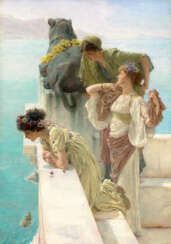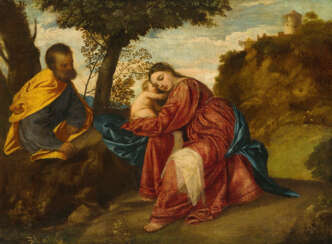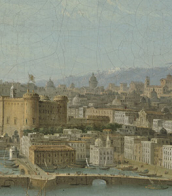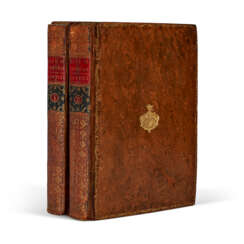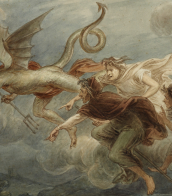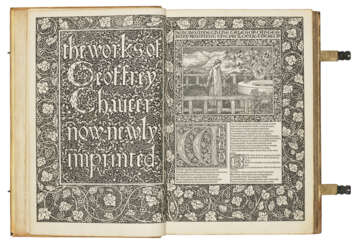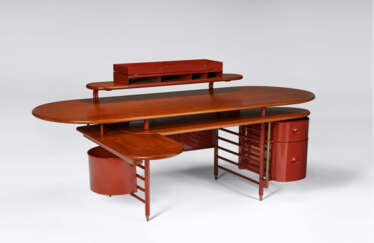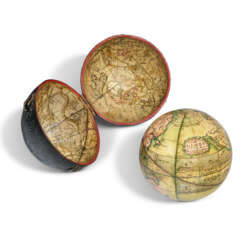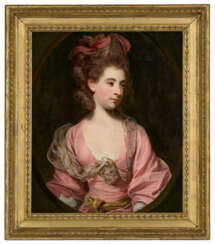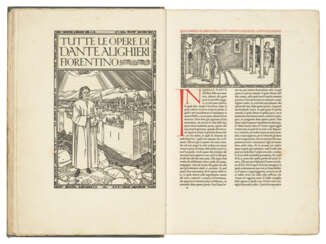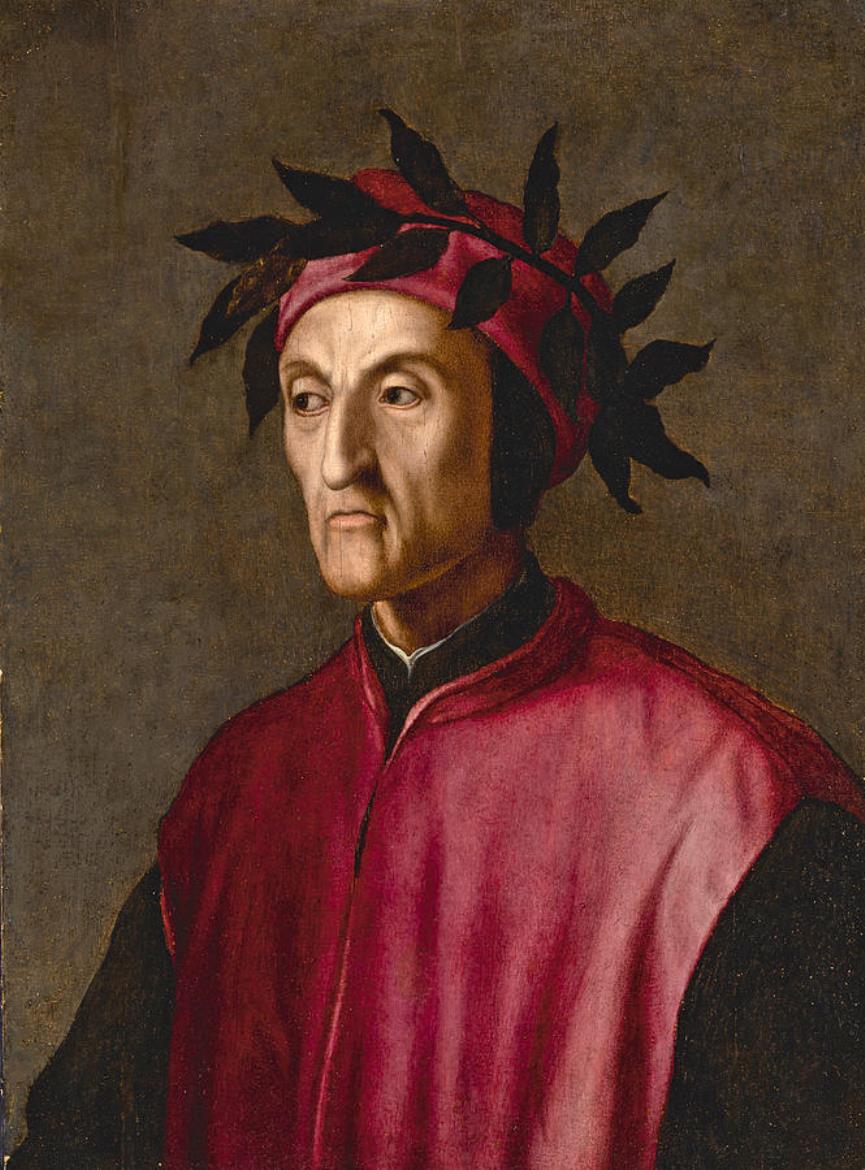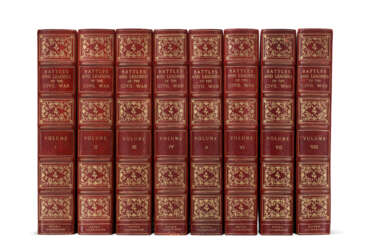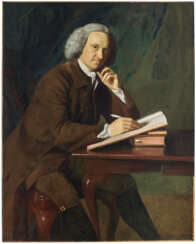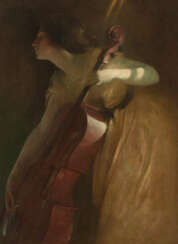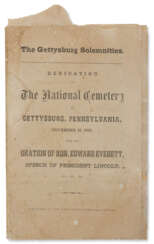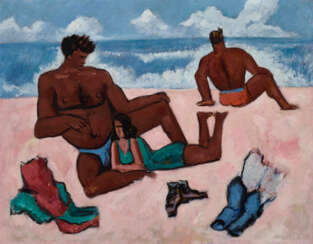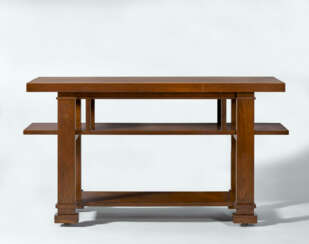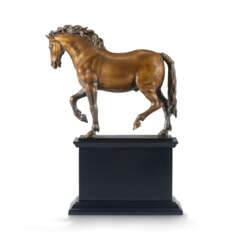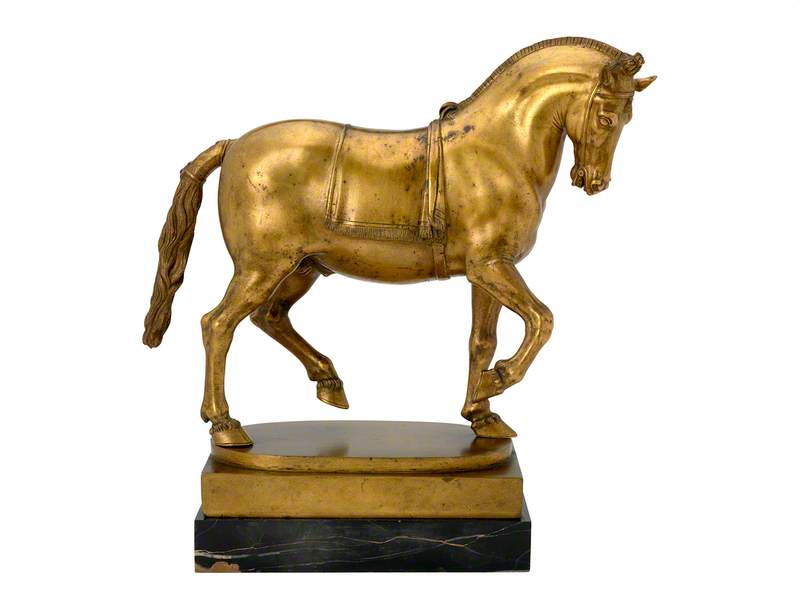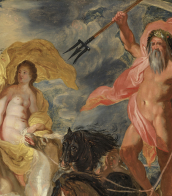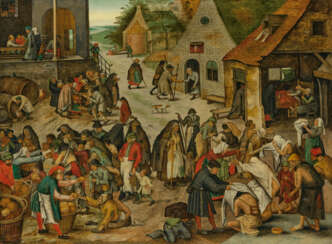w&c scott & son
.jpg)
Lawrence Alma-Tadema was a Dutch-British artist renowned for his detailed and romanticized portrayals of ancient civilizations, particularly Rome and Egypt. His meticulous attention to historical accuracy and the lavish representation of marble and luxurious settings distinguished his work. Notably, his fascination with ancient cultures was sparked by his honeymoon visit to Italy and Pompeii, influencing his artistic focus for decades.
Lawrence Alma-Tadema's early work, such as "The Education of the Children of Clovis," showcased his interest in historical subjects and established his reputation. This painting, alongside others like "The Sad Father," demonstrates his commitment to historical detail and narrative depth.
After moving to England due to the Franco-Prussian War and personal reasons, Lawrence Alma-Tadema's career flourished. His works, characterized by their bright palette and refined details, resonated with Victorian audiences, earning him considerable fame and financial success. He was knighted in 1899 and continued to be a pivotal figure in Victorian art, influencing peers and future generations alike.
Lawrence Alma-Tadema's legacy experienced a decline posthumously but saw a resurgence in the 1970s. Today, he is celebrated for his contributions to the Neoclassical and Victorian art movements, with his works featured in prominent collections worldwide, including the Getty Museum and the Tate Gallery.
If you are fascinated by Lawrence Alma-Tadema's artwork and wish to stay updated on sales and auction events related to his works, consider signing up for updates. This will ensure you remain informed about new opportunities to explore and possibly acquire pieces of his illustrious legacy.
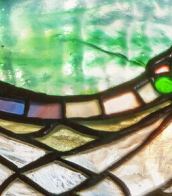
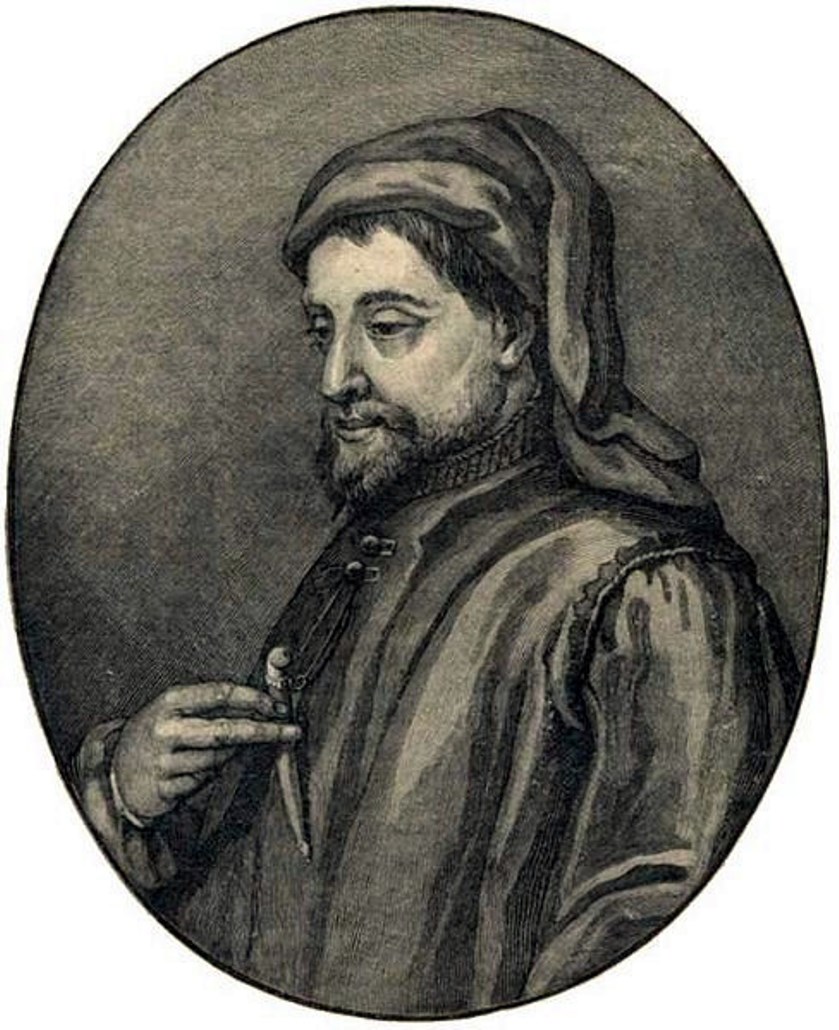
Geoffrey Chaucer was a medieval English poet and novelist, one of the founders of the literary English language.
Geoffrey Chaucer came from a wealthy family, in 1357 became a civil servant of Countess Elizabeth of Ulster and remained at the British court all his life. Later in his royal service, he traveled on diplomatic missions to France, Spain, and Italy. He made important contributions to the management of public affairs as a courtier, diplomat and civil servant. And very importantly, in these travels Chaucer was exposed to the works of Dante, Petrarch and Boccaccio, which later had a profound influence on his writing.
"The Canterbury Tales" became Geoffrey Chaucer's most famous and recognized work, although this voluminous work remained unfinished. He also wrote the popular science treatise "A Treatise on the Astrolabe", the historical poems "Troilus and Criseyde" and "Legends of Glorious Women", and many poems.
Geoffrey Chaucer is called the forerunner of the literature of the English Renaissance. He was the first to write works in his native language instead of Latin, for which he earned the title of "father of English poetry." Chaucer was buried in Westminster Abbey, and his grave became the first in the so-called "Poet's Corner", where Charles Dickens, Rudyard Kipling and Alfred Tennyson were later buried.

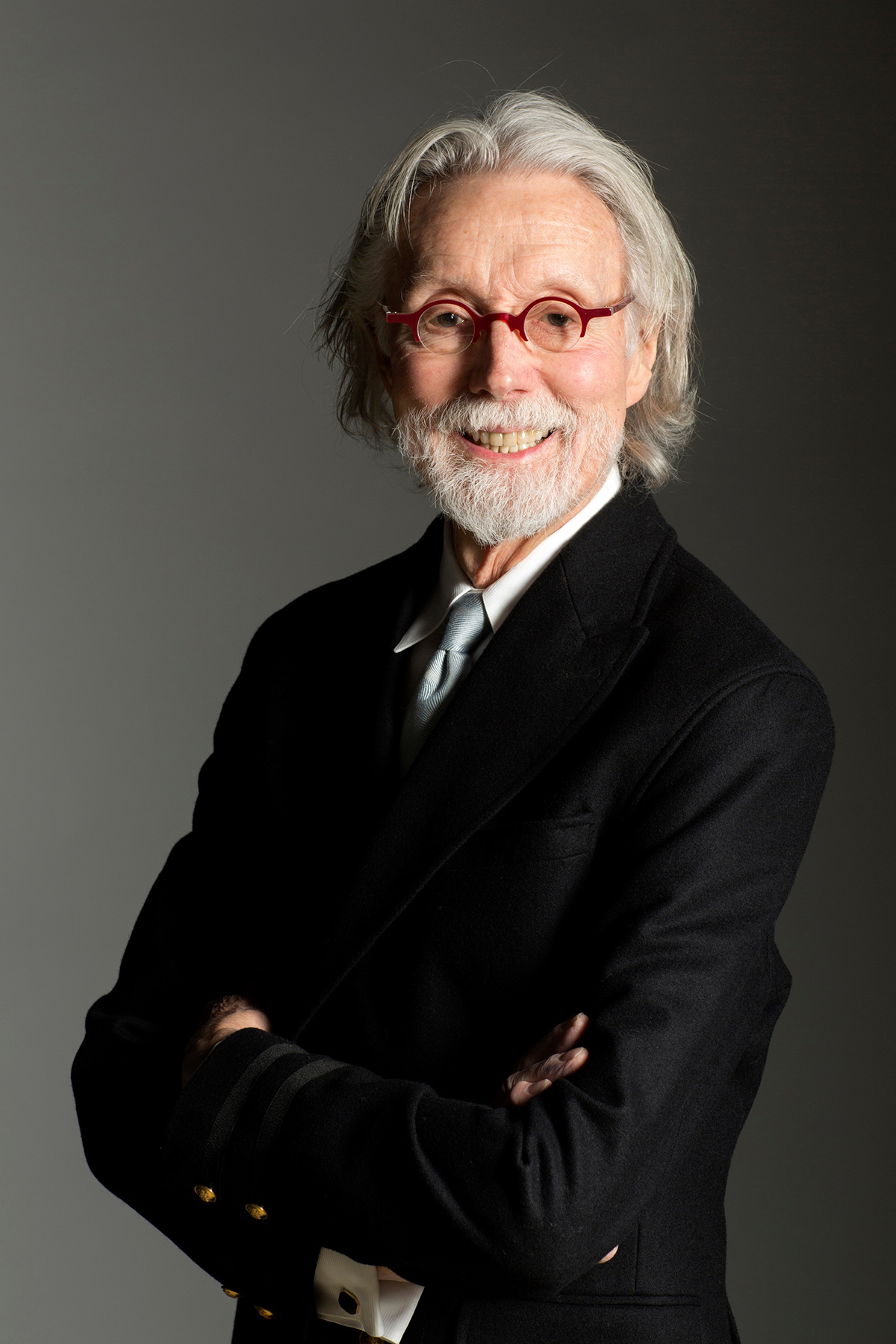
Wendell Castle was an American artist and designer who is considered one of the pioneers of American studio furniture. He is best known for his innovative and sculptural furniture designs that blur the boundaries between art and function.
In the 1960s, Wendell Castle began experimenting with traditional woodworking techniques and pushing the boundaries of furniture design. He gained recognition for his unique handcrafted pieces that challenged traditional notions of furniture aesthetics. Castle's work often features organic shapes, flowing lines and a sense of whimsy. He has used a variety of materials to create his sculptural furniture, including wood, fibreglass and plastic.
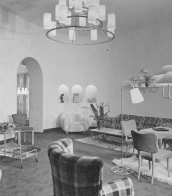
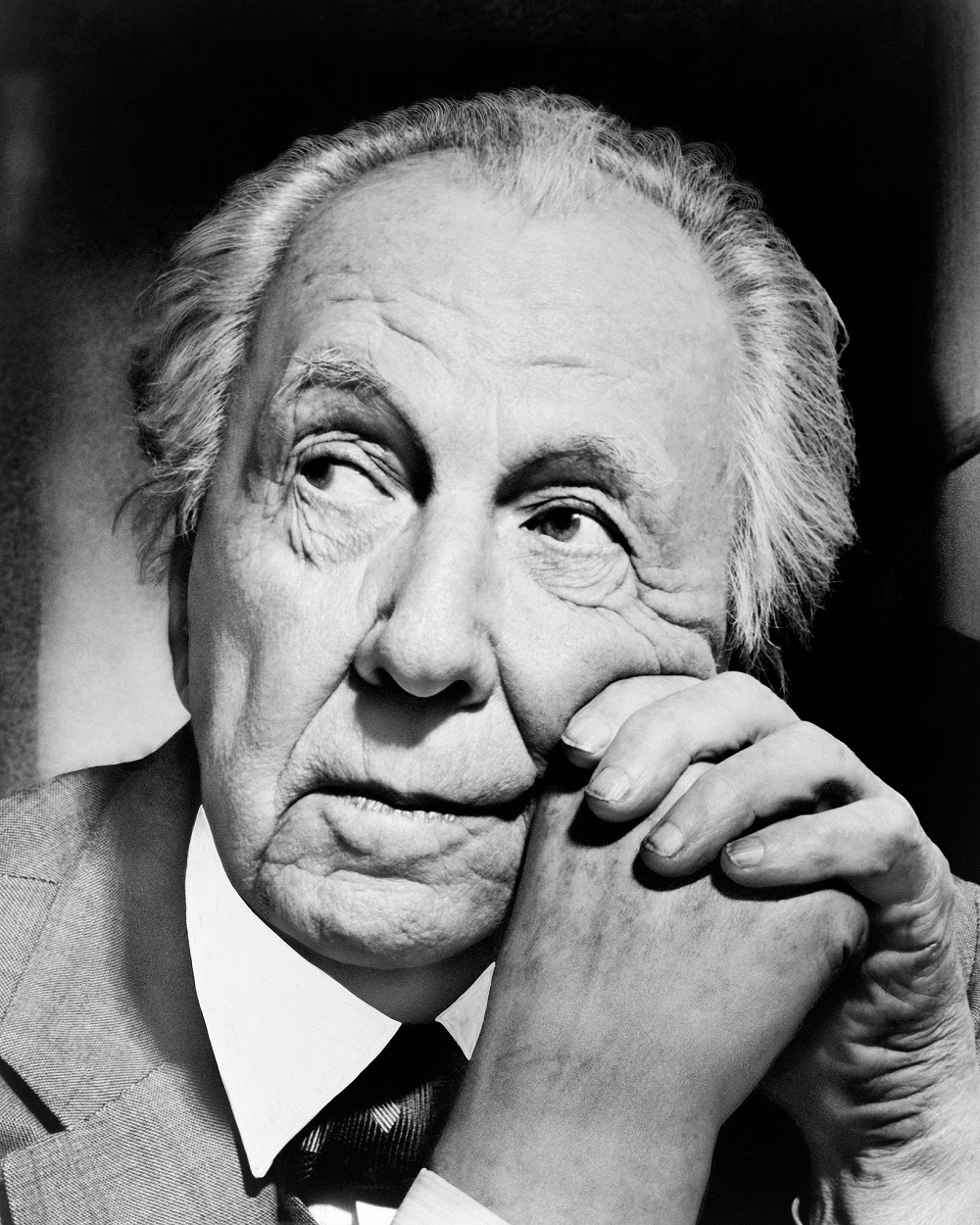
Frank Lloyd Wright was an American architect, interior designer, writer, and educator. He is widely regarded as one of the most important and innovative architects of the 20th century, with a career spanning over 70 years.
Wright is known for his organic architecture philosophy, which aimed to create structures that were in harmony with their natural surroundings. He designed over 1,000 structures, including private homes, public buildings, and commercial buildings, such as the iconic Guggenheim Museum in New York City.
Some of Wright's most famous works include Fallingwater, a private residence built over a waterfall in Pennsylvania, and the Robie House, a Prairie-style home in Chicago. He also designed the Imperial Hotel in Tokyo, which survived the Great Kanto Earthquake of 1923.
Throughout his career, Wright was known for his innovative use of materials, such as his signature use of concrete blocks, and for his emphasis on the relationship between the built environment and the natural world. He also wrote extensively on architecture and design, publishing over 20 books and numerous articles throughout his life.
Frank Lloyd Wright's influence on modern architecture is profound, and his work continues to be studied and celebrated around the world. He is often regarded as a pioneer of modern architecture and a master of American design.
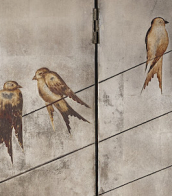
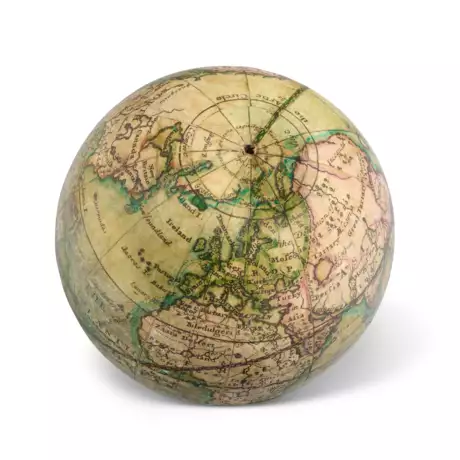
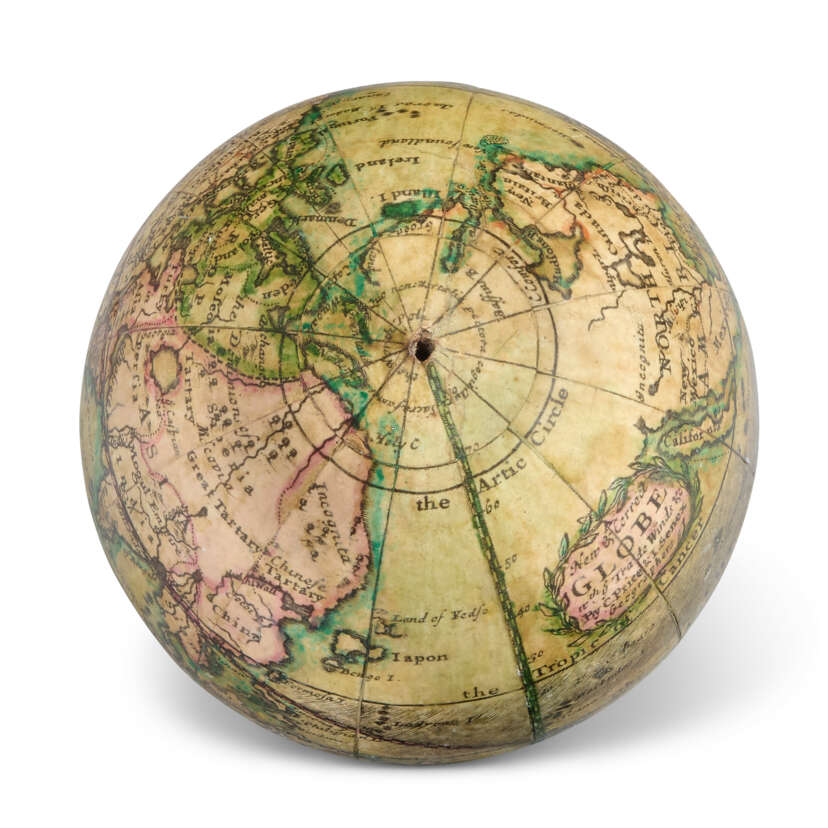

Sir Joshua Reynolds was an English painter, specialising in portraits. John Russell said he was one of the major European painters of the 18th century. He promoted the "Grand Style" in painting which depended on idealization of the imperfect. He was a founder and first president of the Royal Academy of Arts, and was knighted by George III in 1769.

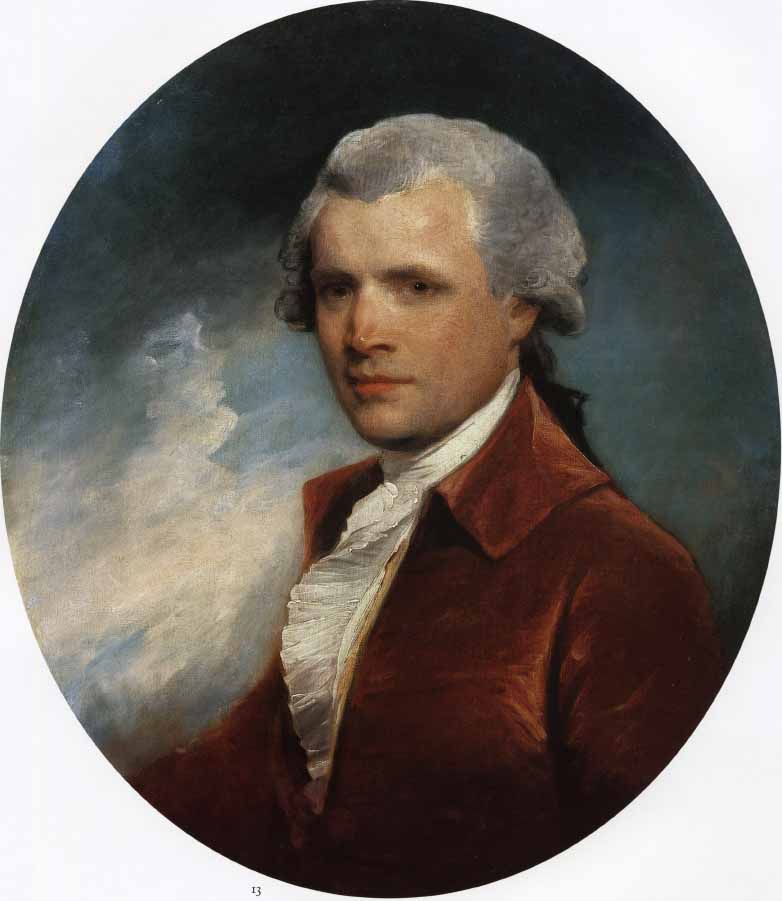
John Singleton Copley was an Anglo-American painter, active in both colonial America and England. He was probably born in Boston, Massachusetts, to Richard and Mary Singleton Copley, both Anglo-Irish. After becoming well-established as a portrait painter of the wealthy in colonial New England, he moved to London in 1774, never returning to America. In London, he met considerable success as a portraitist for the next two decades, and also painted a number of large history paintings, which were innovative in their readiness to depict modern subjects and modern dress. His later years were less successful, and he died heavily in debt.
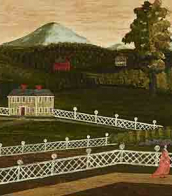
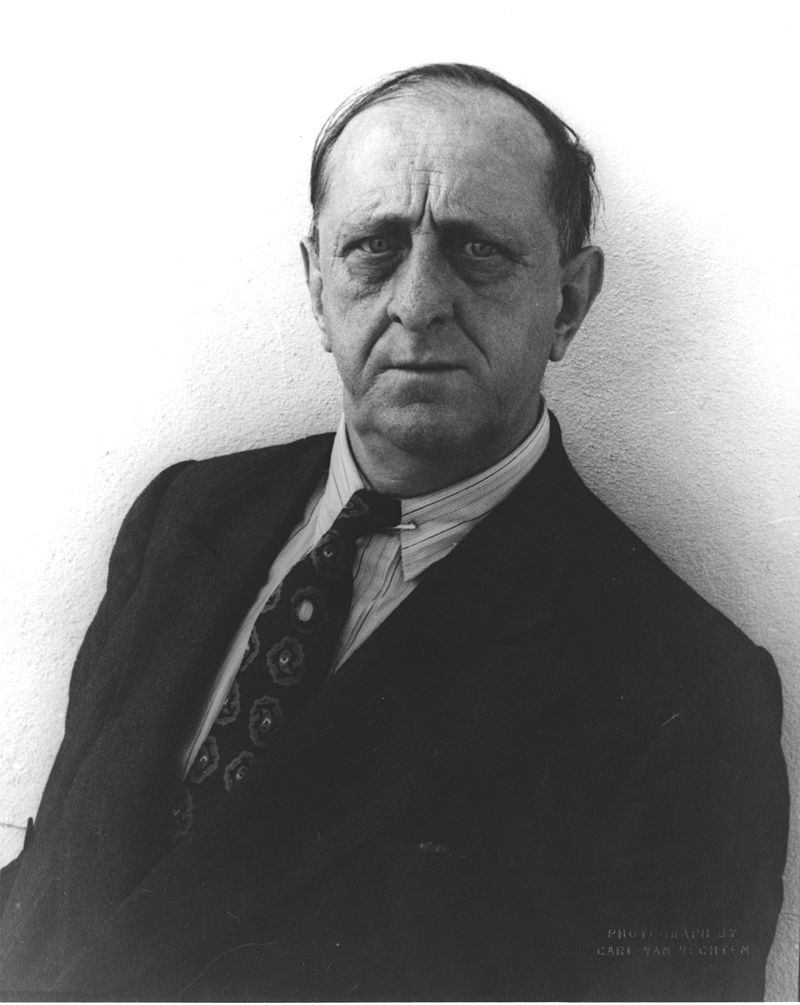
Marsden Hartley, real name Edmund Hartley, was an American artist and poet, one of the greatest representatives of classical modernism in the United States.
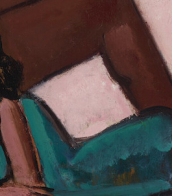
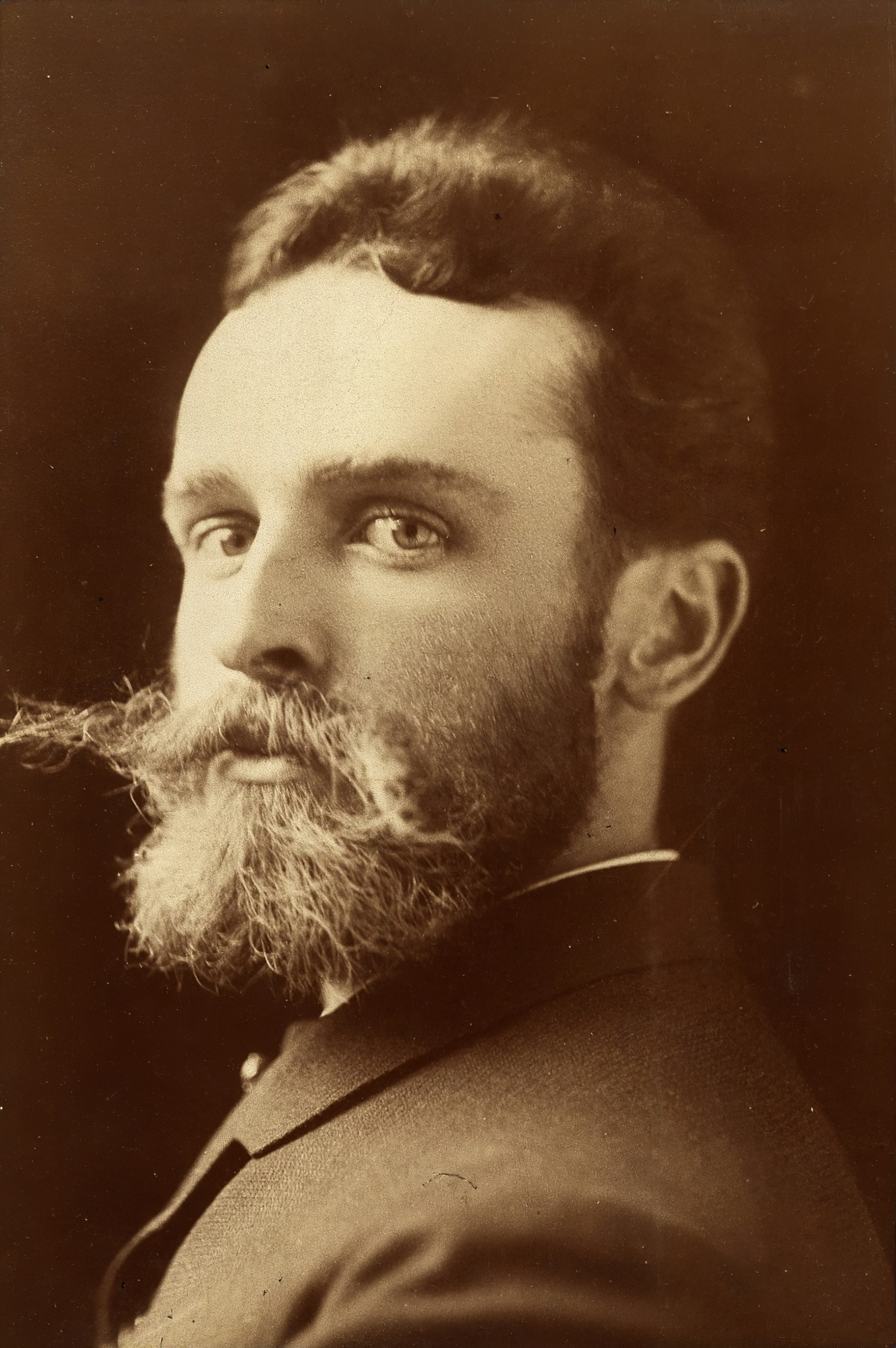
John White Alexander was an American portrait, figure, and decorative painter and illustrator.
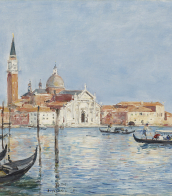
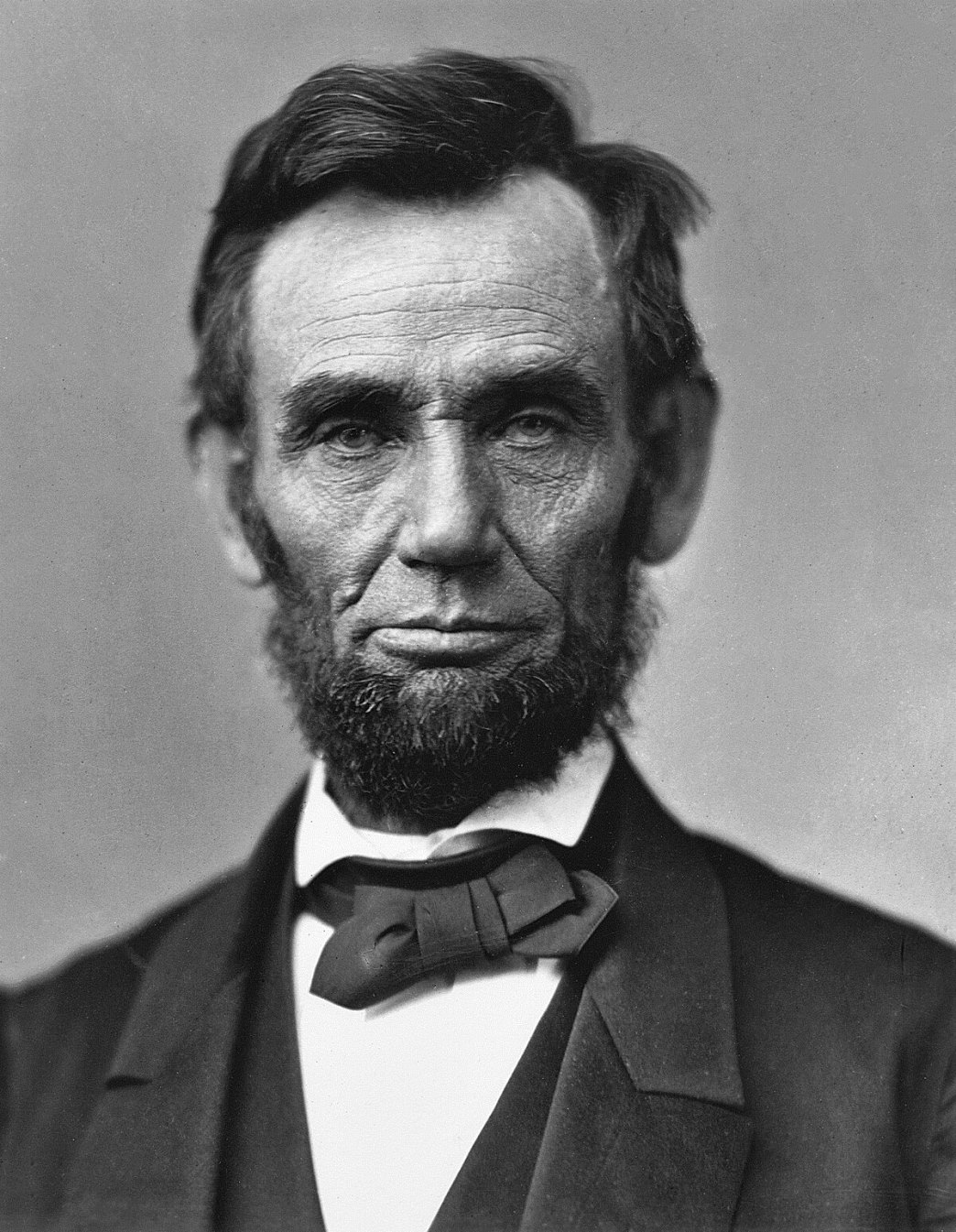
Abraham Lincoln was an American statesman and politician, the 16th President of the United States (March 4, 1861 - April 15, 1865).
The son of a frontiersman and a Kentucky farmer, Lincoln worked hard from an early age and struggled to learn. He was a militiaman in the Indian War, practiced law, and sat in the Illinois legislature for eight years. He was an opponent of slavery and gradually gained a national reputation that earned him victory in the 1860 presidential election.
After becoming the 16th president of the United States, Abraham Lincoln turned the Republican Party into a strong national organization. In addition, he drew most Northern Democrats to the Union side. On January 1, 1863, he issued the Emancipation Proclamation, which declared permanently free those slaves who were in Confederate territory. Lincoln considered secession illegal and was prepared to use force to defend federal law and the Union. Four more slave states joined the Confederacy, but four remained in the Union, and the Civil War of 1861-1865 began.
Lincoln personally directed the military action that led to victory over the Confederacy. Abraham Lincoln was reelected in 1864, and on April 14, 1865, he was fatally shot at Ford's Theatre in Washington, D.C. by actor John Wilkes Booth.
Abraham Lincoln is a national hero of the American people, he is considered one of the best and most famous presidents of the United States until today.
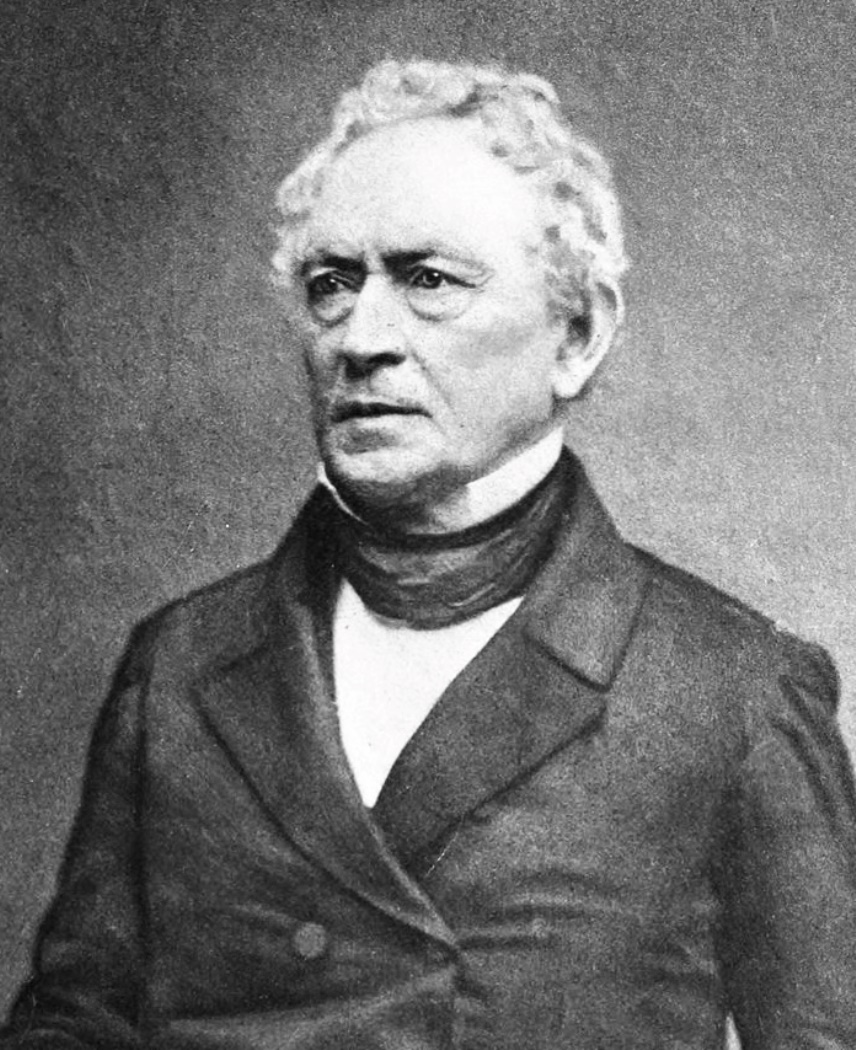
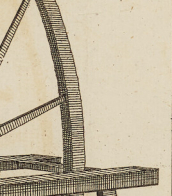

Marsden Hartley, real name Edmund Hartley, was an American artist and poet, one of the greatest representatives of classical modernism in the United States.

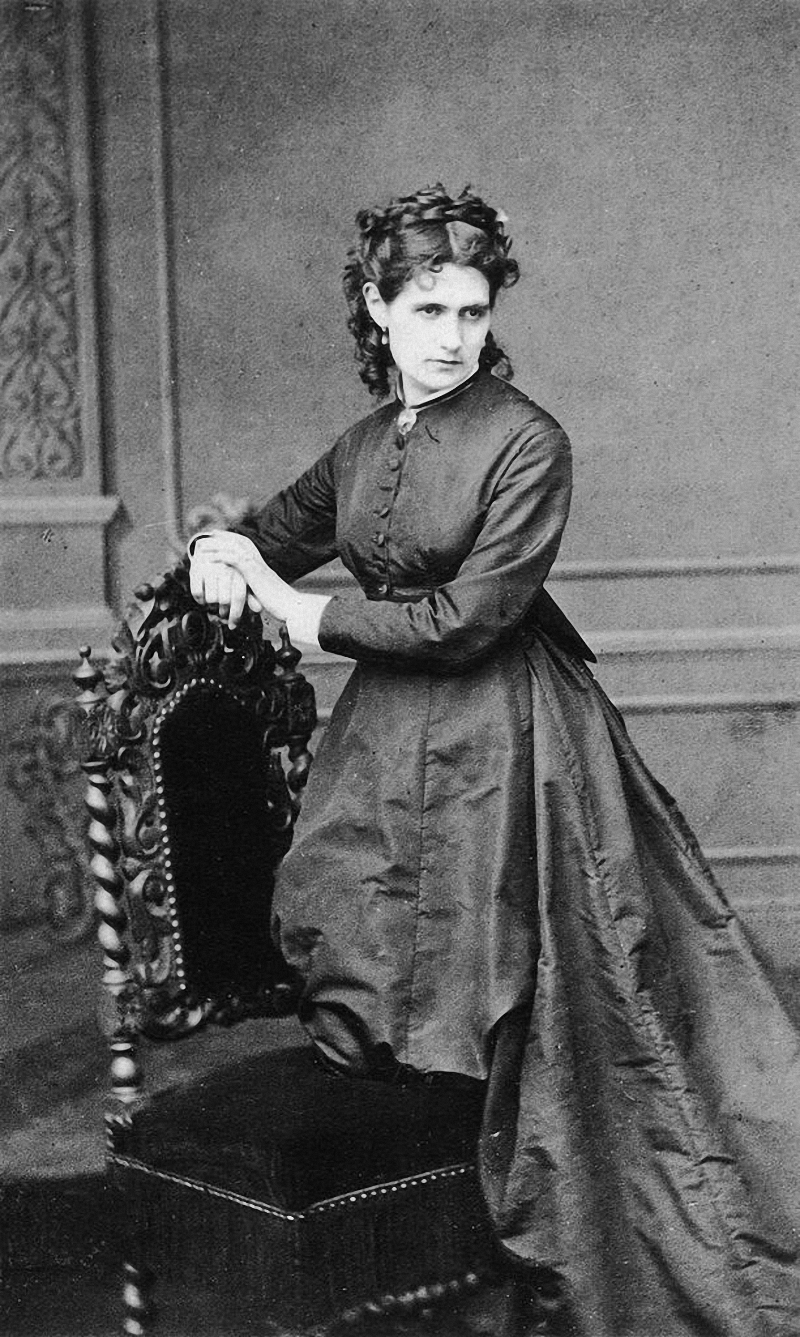
Berthe Morisot was a French painter, renowned for her pivotal role in the Impressionist movement. Born into an affluent family in 1841, Morisot's upbringing was steeped in culture, and she received a comprehensive art education alongside her sisters. Despite societal constraints, she pursued a career in art, initially exhibiting at Paris' salons before transitioning to the more avant-garde Impressionist exhibitions.
Berthe Morisot's artistry is characterized by a unique blend of color, light, and texture, embodying a distinctly "feminine" style that garnered admiration from her peers and critics alike. Her works, such as "The Cradle" and "Hanging the Laundry out to Dry," showcase her ability to capture the ephemeral qualities of everyday life with a tender and nuanced touch. Morisot's palette, dominated by pastel tones and an interplay of light, lends her paintings an ethereal quality, while her brushwork reflects a freedom and delicacy that became her signature.
Throughout her career, Berthe Morisot's evolving style reflected broader artistic trends, integrating influences from photography and Japanese prints. Yet, she remained faithful to the Impressionist ethos, capturing the transient moments of life with grace and sensitivity. Today, her works are celebrated in museums like the Musée d'Orsay, testament to her enduring influence in the realm of art and culture.
As we remember Berthe Morisot, her legacy continues to inspire art collectors and enthusiasts, reminding us of the profound impact one individual can have on the course of art history. For those captivated by Berthe Morisot's contribution to art and culture, we invite you to sign up for updates on upcoming sales and auction events featuring her works. Join us in celebrating the timeless beauty and historical significance of Morisot's artistry.
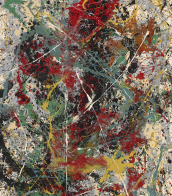

Frank Lloyd Wright was an American architect, interior designer, writer, and educator. He is widely regarded as one of the most important and innovative architects of the 20th century, with a career spanning over 70 years.
Wright is known for his organic architecture philosophy, which aimed to create structures that were in harmony with their natural surroundings. He designed over 1,000 structures, including private homes, public buildings, and commercial buildings, such as the iconic Guggenheim Museum in New York City.
Some of Wright's most famous works include Fallingwater, a private residence built over a waterfall in Pennsylvania, and the Robie House, a Prairie-style home in Chicago. He also designed the Imperial Hotel in Tokyo, which survived the Great Kanto Earthquake of 1923.
Throughout his career, Wright was known for his innovative use of materials, such as his signature use of concrete blocks, and for his emphasis on the relationship between the built environment and the natural world. He also wrote extensively on architecture and design, publishing over 20 books and numerous articles throughout his life.
Frank Lloyd Wright's influence on modern architecture is profound, and his work continues to be studied and celebrated around the world. He is often regarded as a pioneer of modern architecture and a master of American design.

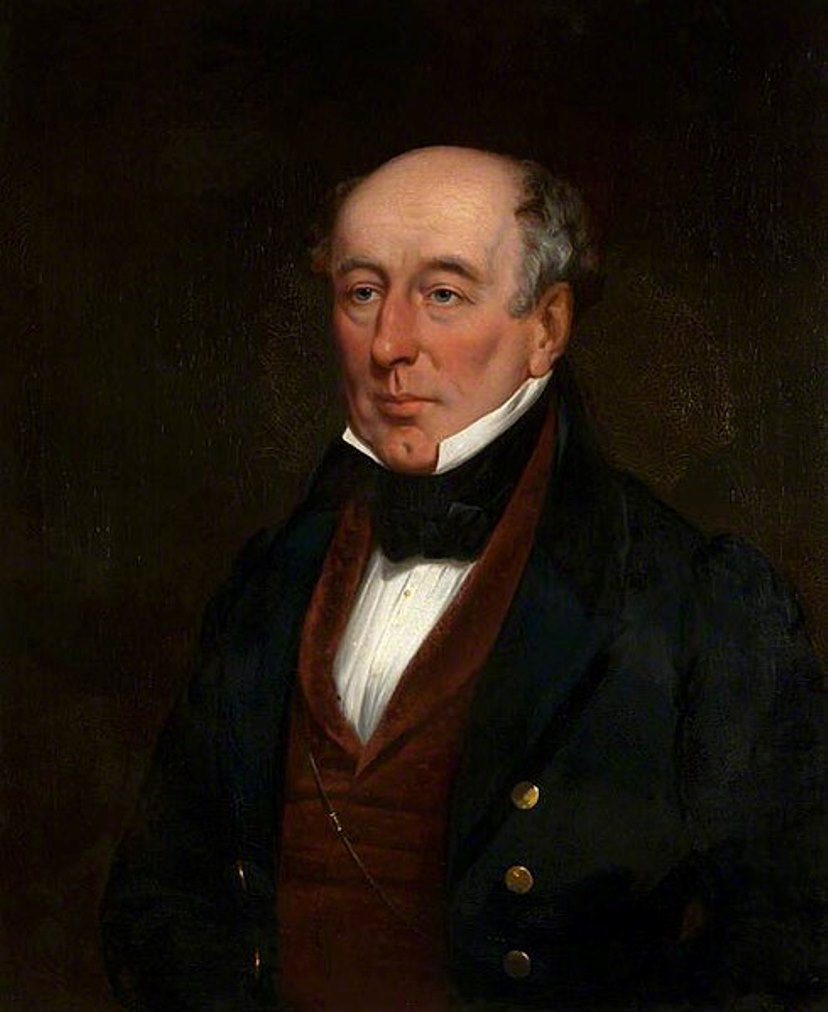
William Jardine was a Scottish naturalist, ornithologist, ichthyologist, artist and publisher of works on zoology.
Jardine studied medicine at the University of Edinburgh and was an excellent sportsman. Although his main passion was ornithology, he also studied ichthyology, botany and geology. Sir William Jardine was a prominent Scottish Victorian naturalist, author and publisher of 40 volumes of the popular Naturalist's Library (1833-43). Of these, 14 volumes were devoted to ornithology, 13 volumes to mammals, 7 volumes to entomology, and 6 volumes to ichthyology.
A series in four volumes, Illustrations on Ornithology, co-written with Prideaux John Selby, was published between 1825 and 1843. His book on burrows and fossil tracks, The Ichnology of Annandale, includes fossils from his ancestral estate. Jardine was a leading expert on salmon and trout in the British Isles. His outstanding knowledge of the species was profound that in 1860 he was appointed a member of the Royal Commission on the Salmon Fisheries of England and Wales. His research culminated in the best and most comprehensive monograph on these fish, "British Salmonids," with the remarkable illustrations by Jardine himself. William Jardine's private natural history museum and library are considered the finest in Britain.


Wendell Castle was an American artist and designer who is considered one of the pioneers of American studio furniture. He is best known for his innovative and sculptural furniture designs that blur the boundaries between art and function.
In the 1960s, Wendell Castle began experimenting with traditional woodworking techniques and pushing the boundaries of furniture design. He gained recognition for his unique handcrafted pieces that challenged traditional notions of furniture aesthetics. Castle's work often features organic shapes, flowing lines and a sense of whimsy. He has used a variety of materials to create his sculptural furniture, including wood, fibreglass and plastic.

